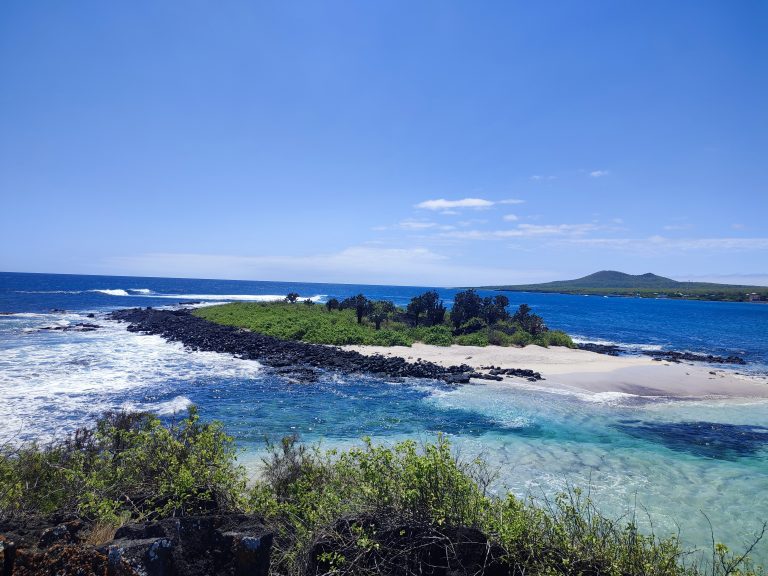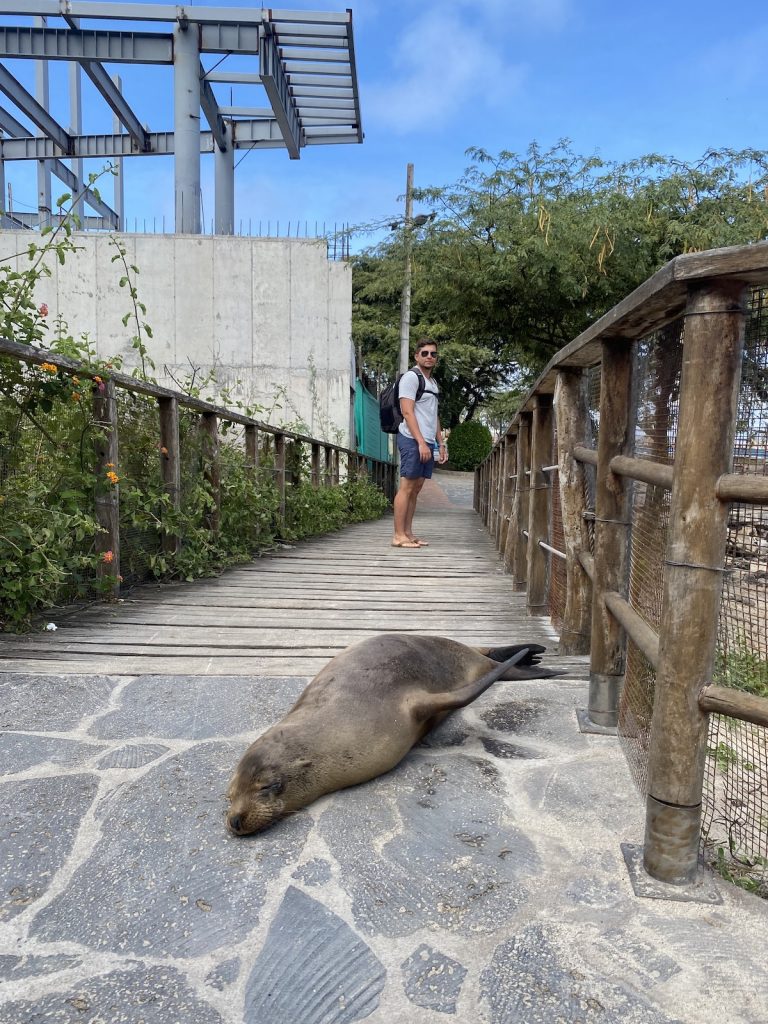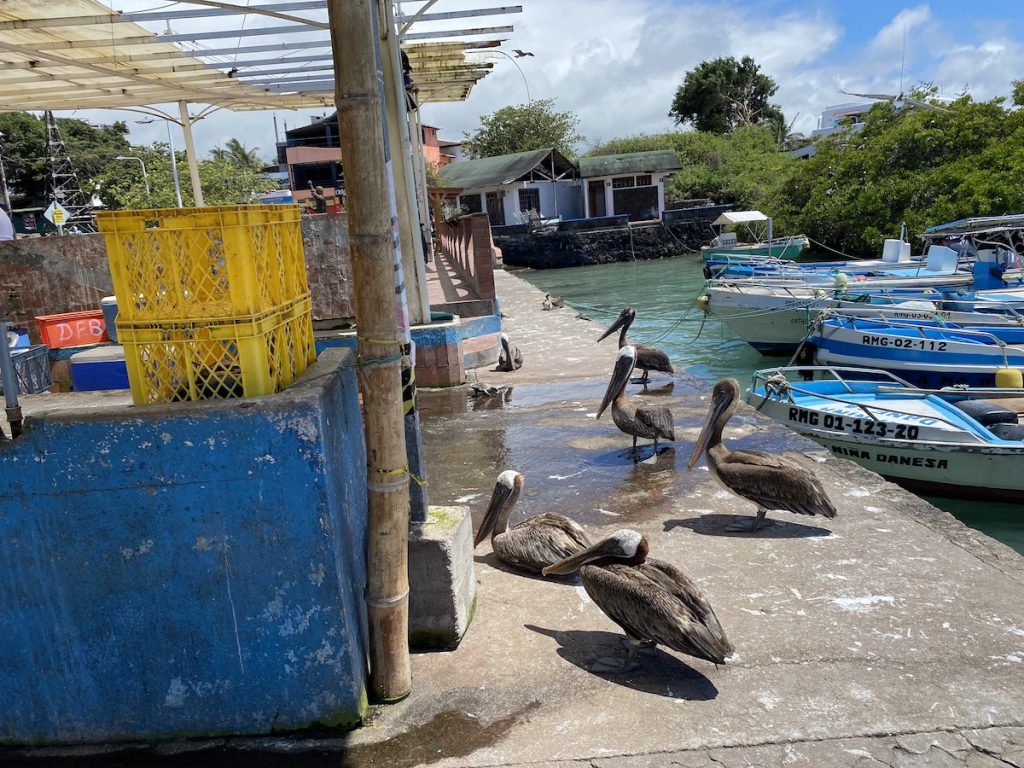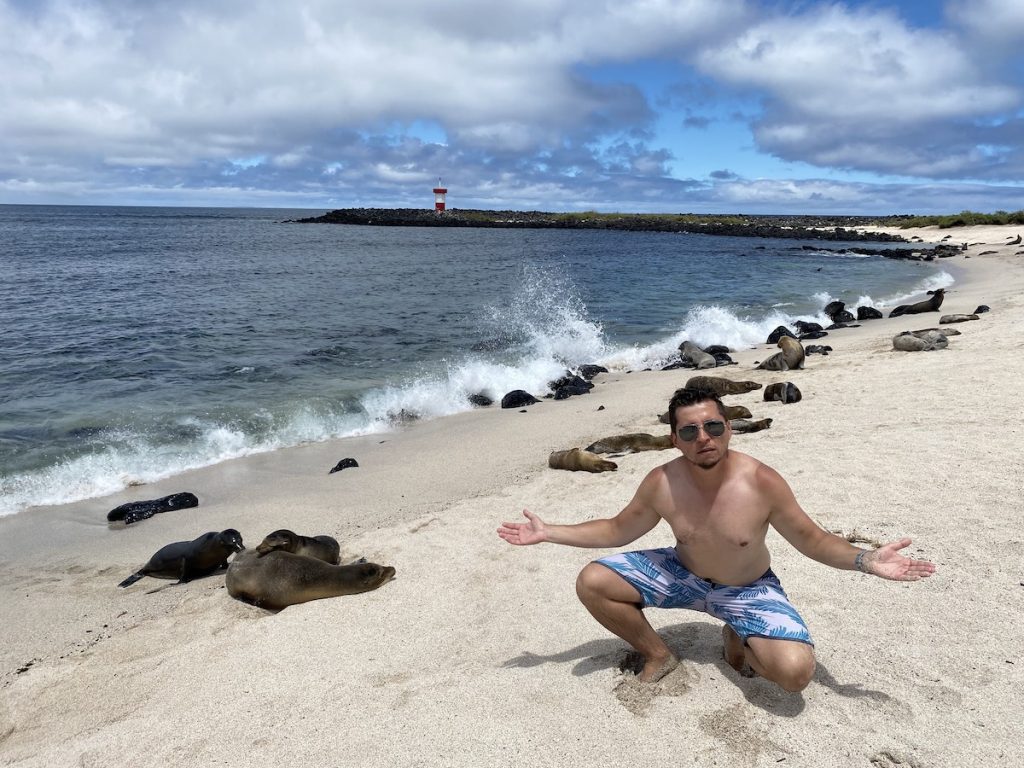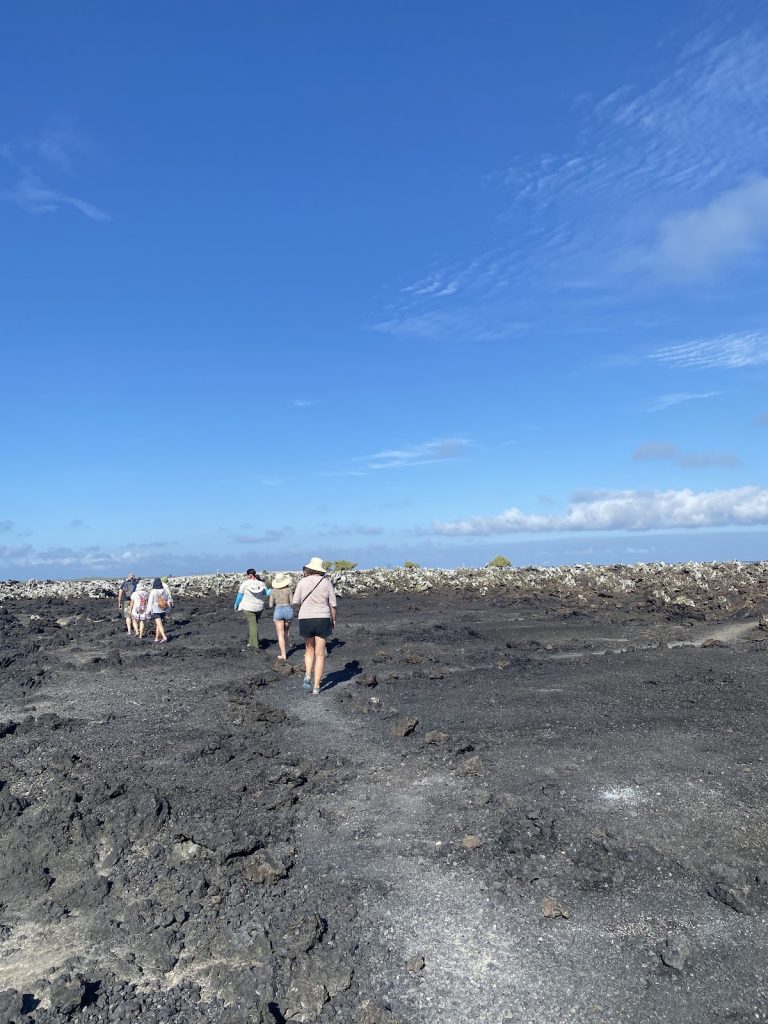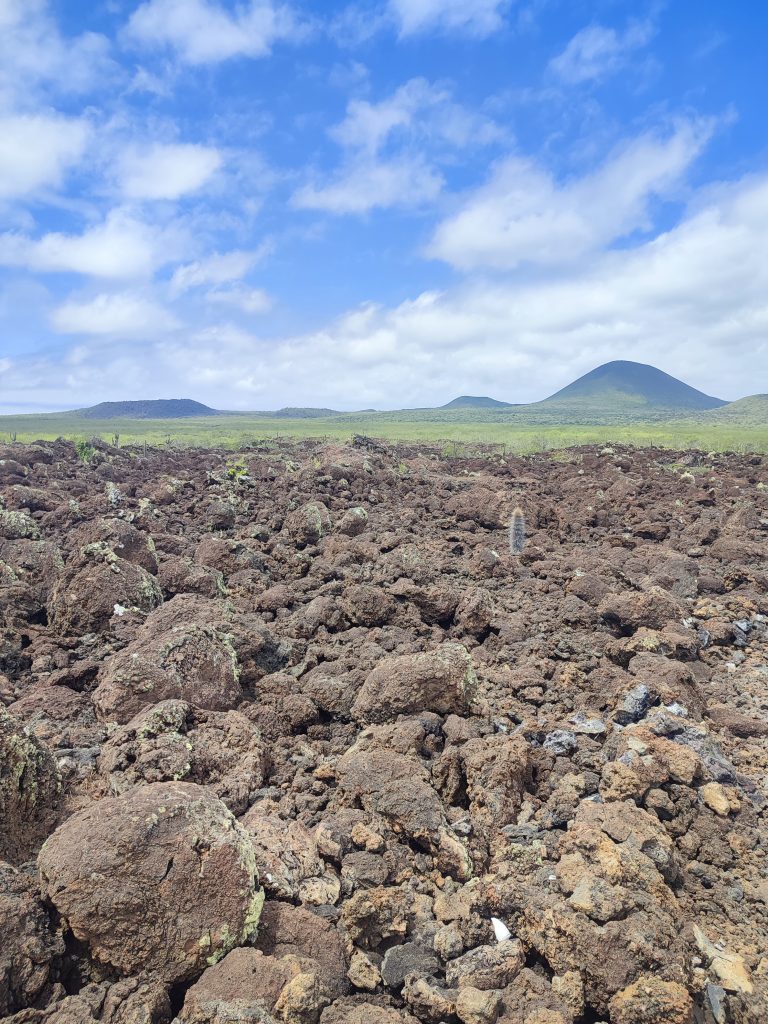The Galapagos Islands are home to around 30,000 residents, a number that always amazed me given the archipelago’s status as a UNESCO World Heritage Site. I was struck by the rich wildlife that has thrived here for thousands of years before humans arrived, creating a truly unique ecosystem.
As I explored the islands, I became increasingly aware of how the growing population impacts this delicate environment. Understanding the lives of the islanders not only deepened my appreciation for the breathtaking landscapes and unique species I encountered but also highlighted the government’s ongoing efforts to protect this incredible place.
In this post, I want to share some of the interesting facts I gathered about the population of the Galapagos Islands during my visit, which I hope will enrich your experience as well.
When we explored the Galapagos, connecting with local communities made our wildlife experiences even more meaningful. Get a FREE custom itinerary from local experts who know how to balance cultural encounters with nature experiences. Your support helps this blog and Galapagos communities!
Plan perfect trip to Ecuador & Galapagos
I spent countless hours researching everything about traveling to Ecuador, and I created this blog for fellow travel enthusiasts who want the best, most reliable information. But if you want to save time, we’ve partnered with the top local agency to plan your dream trip.
The Galapagos Islands’ Population Size
The Galapagos Islands have a fascinating demographic landscape, particularly because they are one of the few places in the world without an indigenous population. Instead, the islands are primarily inhabited by Ecuadorian Mestizos, a blend of Spanish colonists and indigenous Native Americans. During my visit, I was struck by the warmth and friendliness of the Galapagueños, who welcomed me with open arms. Their simple and joyful way of life is a testament to their deep connection with the land and the unique environment around them.
Located about 1,000 kilometers from mainland Ecuador, the Galapagos archipelago comprises 127 islands, islets, and rocks. Yet, only four of the thirteen largest islands—Santa Cruz, San Cristobal, Isabela, and Floreana—are home to human settlements. It’s incredible to think that human habitation covers just 3% of the islands, around 300 km², leaving the majority of this pristine landscape untouched.
What really stood out to me was the commitment to conservation; in 1959, a whopping 97% of the emergent surface, encompassing 7,665,100 acres, was designated as a National Park. Baltra Island, another key location, is primarily an airport, tourism dock, and military site, emphasizing the limited human impact on the natural world. It was a reminder of how important it is to maintain balance in this fragile ecosystem, and it made my experience of the islands even more special.
The Ecuadorian Settlers
Ecuador’s history in the Galapagos Islands is quite intriguing, starting with the establishment of small colonies in the early nineteenth century. These efforts were part of Ecuador’s strategy to claim the islands as their territory. I was fascinated to learn that, once recognized as part of Ecuador, the islands served as penal colonies.
Places like El Progreso on San Cristobal Island and the Wall of Tears on Isabela Island serve as reminders of this darker period. Visiting these sites during my trip felt surreal, knowing they once housed convicts and played a significant role in shaping the islands’ history.
By the 1950s, penal camps had ceased to exist, but many of the island’s current inhabitants can trace their ancestry back to those original convicts. It’s a testament to the resilience and adaptability of the people, which adds a layer of depth to the Galapagos experience.
General Jose de Villamil, a key figure in Ecuador’s independence movement, also established his own colony at Floreana. The settlers were often deserters from the army and convicts, trying to carve out a life on the islands. Hearing about their struggles, I couldn’t help but admire their tenacity. They primarily survived through whatever farming they could manage on the arid soils, often selling or bartering surplus food to passing ships.
The story of the Salasacas, another group of indi genous people in the Galapagos, further highlights the rich cultural tapestry of the islands. Learning about the varied histories and experiences of those who have called the Galapagos home really enriched my understanding of this unique destination.
The Salasacas in the Galapagos Islands
The Salasacas are a fascinating ethnic minority from Ecuador’s Andean region, and their story adds a unique layer to the cultural landscape of the Galapagos Islands. During my visit, I learned that they primarily reside in their closed settlements on the islands, where they exclusively speak Kichwa and have their own schools.
Their migration to the Galapagos from the Ecuadorian mainland began toward the end of the century. I found it intriguing how they chose to settle on the most inhabited islands, carving out their own small communities amidst the diverse cultures of the archipelago. It was inspiring to see how they have maintained their traditions and way of life, contributing to the rich tapestry of the islands’ demographics.
Understanding the Salasacas’ journey and their commitment to preserving their heritage made my experience in the Galapagos even more meaningful, as it highlighted the islands’ complex history and the diverse peoples who have called them home.
Europeans in the Galapagos Islands
Coexistence of Humans and Wildlife in the Galapagos Islands
Galapagueños have developed a unique relationship with the original inhabitants of the islands—the distinctive, endemic species and vibrant vegetation. Their deep-rooted connection to the land is evident in how they embrace the natural world around them.
During our visit, we noticed how the locals strictly adhere to the Galapagos National Park’s rules. They often act as unofficial park rangers, watching out for anyone straying from designated paths or attempting to touch the wildlife. Their commitment to preserving the islands was inspiring, reminding me of the importance of respecting both the rules and the local culture.
As responsible tourists, it’s vital to support the efforts of Galapagueños in safeguarding their environment for future generations. Interacting with the locals was one of the most rewarding aspects of our journey. We exchanged stories and learned about their daily lives and customs, which enriched our experience immensely.
I encourage you not to miss the chance to meet and engage with the friendly and generous people of the Galapagos Islands. They have so much to share, and their warmth will make your visit truly unforgettable!
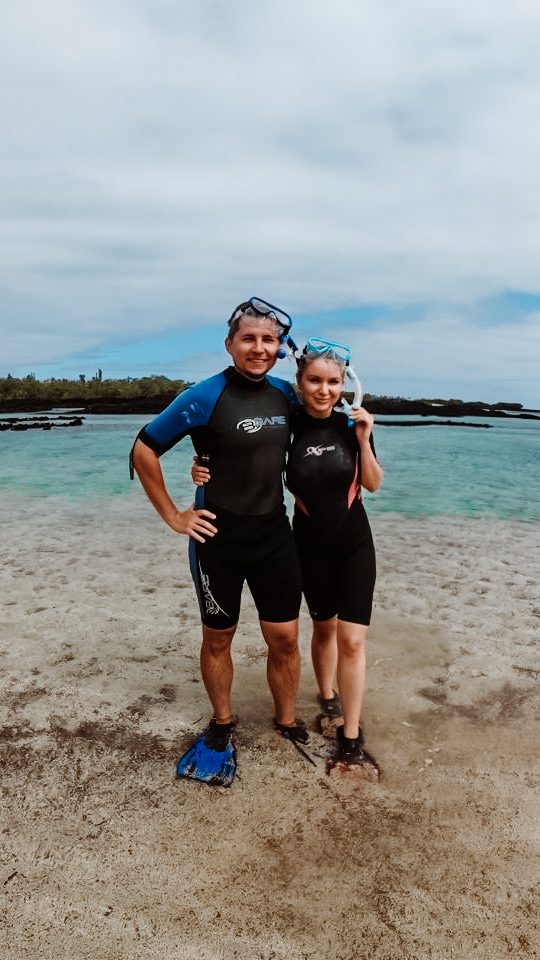
Planning trip to Galapagos Islands?
My wife and I spent two weeks on these magnificent islands, visited nearly every possible tour, and explored as much as we could. I shared all the important details in my comprehensive Galapagos Islands Travel Guide, where I cover everything you need to know about planning a trip to the Galapagos.
Galapagos Islands travel might surprise you with extra fees to enter the islands, the complicated logistics between islands, booking tours, and knowing which spots are free to explore and which ones are not. I’ve covered it all in this Galapagos Travel Guide.
Also, if you’re planning a trip to the Galapagos, make sure to use my link for discounted hotel prices via Booking.com. It really helps support my blog!

